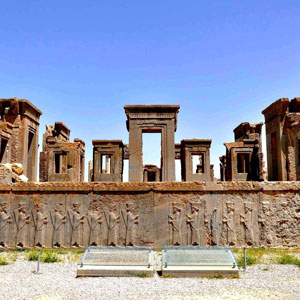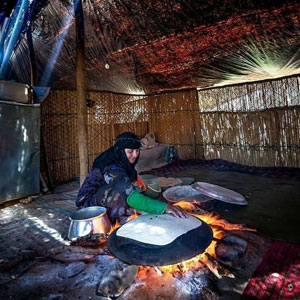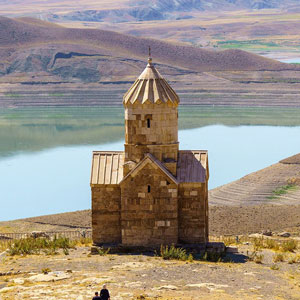 Signin with Google
Signin with Google Signin with Facebook
Signin with Facebook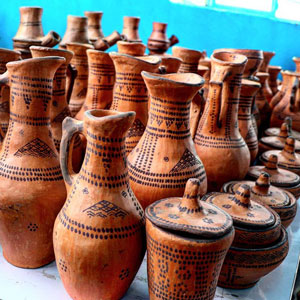 Culture
CultureIranian Tea; How to Make a Tasty Chai as a Professional
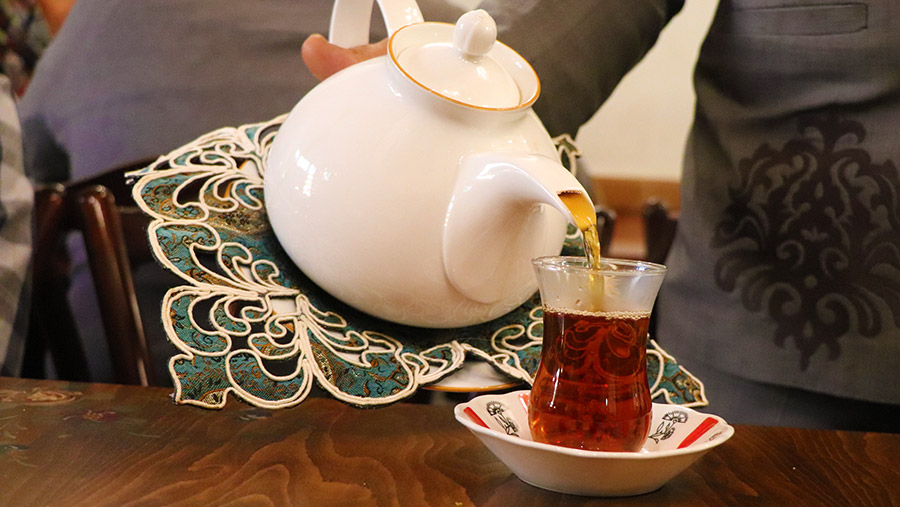
Tea (Iranian Chai) is another inseparable part of Iranians lives as it’s consumed on various occasions and for numerous reasons on a daily basis. Although now if you think about it, drinking tea doesn’t require a reason, tea is simply an all-time friend of the Iranian people.
Whether it patiently sits on the stove, eagerly waiting to accompany you at breakfast, help you start off a fresh new day, stays up all night in family gatherings and friendly sleepovers, comes along on your hangouts with your friends, nurtures you when you’re having a headache, or relieves your exhaustion in the middle or at the end of the day, tea is indeed Iranians companion in every possible situation, served in traditional narrow waste teacups or full force big mugs and glasses. Tea is to Iranians as coffee is to westerners.
There are various narratives regarding the timing of tea arrival in Iran. Some say it has been less than two centuries since tea found its way to Iran but some also believe that consuming tea in Iran dates back to the 2nd century AD when grandees and wealthy people would gather in a teahouse and drink tea. Yet there is also another belief that refers to the probability of the Moguls impact on distributing the habit of consuming and drinking tea in Iran. Amirkabir is yet another possibility as he asked to be granted permission to initiate the Samovar production industry in Isfahan.
Amirkabir was an Iranian chancellor during the Qajar era and was Naser ol-Din Shah’s brother in law. Amirkabir gave outstanding services to Iran as he founded Dar al-Fonun which was Iran’s first school of modern science and technology. He also managed to publish a famous newspaper called Vaghaye-Etefaghieh which was the 2ndFarsi publication in Iran’s history. Amirkabir was murdered by the order of Shah himself in Fin Garden of Kashan.
Tea cultivation started rather later in the late 19th century when one of the Iranian generals serving in India brought a few tea bushes with himself to Iran and after lots of researches came to a conclusion about the most suitable place to plant tea. It was Lahijan and this is how it all started.
How to recognize a high-quality tea?
Recognizing a natural and high-quality tea is relatively important as you don’t want to be drinking artificial colour or low quality and not so refreshing cup of tea. First of all, the bigger the leaves are the better the tea is, however it doesn’t say much about the quality as the appearance is not a good indicator of how good the tea is. Actually, you won’t realize the quality until you brew it but you don’t have to drink it in order to recognize its originality and good quality.
High-quality tea doesn’t instantly give a dramatic colour to the water whether it is cold or boiled it usually takes a while. If you leave a high-quality cup of brewed tea at room temperature for any amount of time from an hour to a day, it doesn’t turn dark and black, if it does then it’s not that good. An important indicator of a good tea is its brewing time, the longer it takes the better it is.
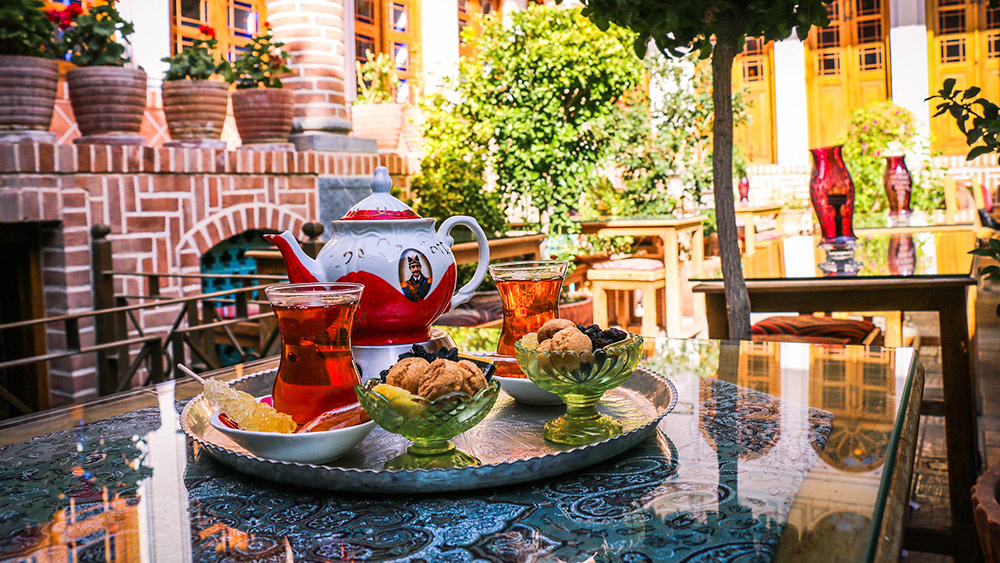
How to Brew Iranian Tea as a Professional!
Iranian tea preparation and brewing is somehow different, especially the ones that are sold open and unpacked in herb shops inside the bazaars. So you need to follow the following instructions in order to have the best-brewed tea.
As the water is boiling in the Samovar or kettle you have to start preparing the tea for brewing. First and foremost, the dry leaves have to be washed with cold water, these wet leaves are then placed into teapots, and boiling water is poured into the pot.
The teapot is then placed on top of the kettle or samovar and the pot is covered with a piece of clean cloth, it then has to be left until it is brewed. The brewing time varies depending on the type of tea however Iranian tea takes longer to brew than other types of tea. It usually takes around 15-20 minutes. Longer brewing time is actually an indicator of good and good-quality tea.
Tea is considered a precious drink among Iranians which is why they usually store it in glass containers to preserve its aroma and quality. They also tend to brew only as much as they think they’ll consume and try to avoid wasting it.
The brewed tea is traditionally drunk with sugar cubes, but to satisfy their sweet tooth, sweets such as dates, dried mulberries, raisins, currants and dried figs accompany their tea sessions.
Sit back and enjoy your Chai!
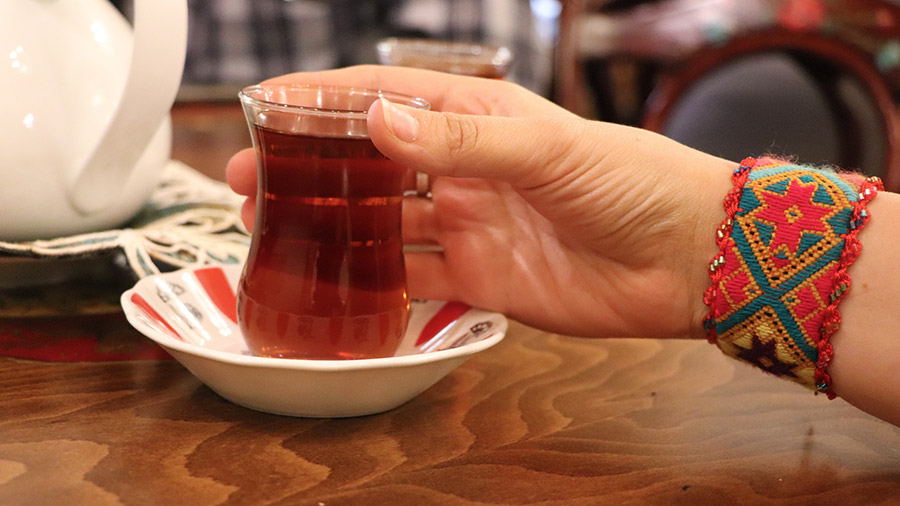
By Sara Kheirdoust / TasteIran

